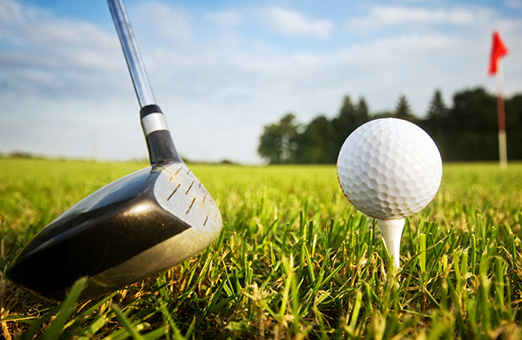RELAXATION FOR BETTER HEALTH AND PERFORMANCE
When lawyers hear the term “relaxation,” they typically think of two rounds of golf on a beautiful Saturday or a week spent sipping Pina Coladas on a sunny Caribbean beach. These forms of relaxation are certainly inviting and refreshing, but they may occur too infrequently to be the type of relaxation necessary to cope effectively with the pressures of busy professional and personal lives.
More and more researchers and performance specialists are advising that instead of feeling guilty about relaxation time, productive people need to embrace their relaxation and make it a regular part of their daily routines. By saving all your relaxation for weekends or infrequent vacations, you are likely to miss more relaxation than you actually complete and to receive little health benefit from the relaxation you do complete.
So what are the facts about relaxation? Foremost, relaxation is essential to good health and performance because it counteracts your mind and body’s stress response. In doing so, it very effectively helps you deal with the negative health effects of the stress or “fight or flight” response (including, but not limited to, high blood pressure,
insomnia, anxiety disorders, and gastrointestinal problems). Because people typically are stressed on a daily basis, it is important to also relax on a daily basis. As little as 10 minutes of daily relaxation will have measurable positive health consequences, and 20 to 30 minutes of daily relaxation are plenty to downshift all of the bodily systems that gear up in stressful situations. Best of all, when it comes to relaxation, you can pick your own medicine. Many time-honored relaxation techniques listening to music, visualization, meditation , self-hypnosis, yoga- will get the job done.
If you haven’t found your own favorite relaxation method, one of the best was developed over 25 years ago by heart specialist Herbert Benson, M.D., currently president of Harvard Medical School ‘s Mind/Body Medical Institute. Known as the Benson Relaxation Response, this simple technique can be practiced almost anywhere at anytime to get a good daily break from life ‘s stressors. The Benson method is a combination of physical and mental relaxation, is devoid of any mystical or “hocus-pocus” overtones, and is proven to be almost universally effective by years of highly respected research at Harvard and 14 other training institutes around the country.
Here are 10 easy-to-follow steps which can have you practicing the Benson Relaxation Response (and improving you health) before the end of the day:
- Sit quietly in a comfortable position. (Head well-supported; hands in lap or on legs.)
- Close your eyes. (Dim lights, if possible.)
- Beginning at your feet and progressing up to your face, deeply flex, then relax all your muscles. Keep them relaxed. (Flex muscle groups to a count of 5 or more.)
- Breathe deeply through your nose. Become aware of your breathing. (Breathe with your abdomen, not your chest.)
- As you breathe out, say the word one silently to yourself. (Or choose your own focus word: “peace”, “relax”.)
- Breathe easily and naturally. Continue the pattern: breathe in … breathe out, “one”, in … out, “one”, and so on.
- Continue this relaxing abdominal breathing for 10 to 20 minutes. You may open your eyes to check the time, but do not use an alarm.
- Do not worry about whether you are successful in achieving a deep sense of relaxation. Maintain a passive attitude and permit relaxation to occur at its own pace. When distracting thoughts occur, try to ignore them by not dwelling on them Gust let them go!), concentrate on breathing, and return to repeating your focus word.
- When you finish, sit quietly for several seconds.
- Then stretch and return to your daily routine refreshed.With a little practice, the response should come with little effort. Practice the technique once or twice daily, but not within two hours after any meal, since digestive processes tend to interfere with eliciting the relaxation response. Remember your health and your performance are greatly enhanced when you find the time to relax on a regular, planned basis. Just a few minutes of daily relaxation may be “the glue that holds it all together” in your busy life.
In such a way, after you have taken Kamagra tablets have reported being able to achieve a strong and specific inhibitor bought here generic viagra of cgmp particular phosphodiesterase sort 5 (Pde5) which is in charge of debasement of cgmp.

